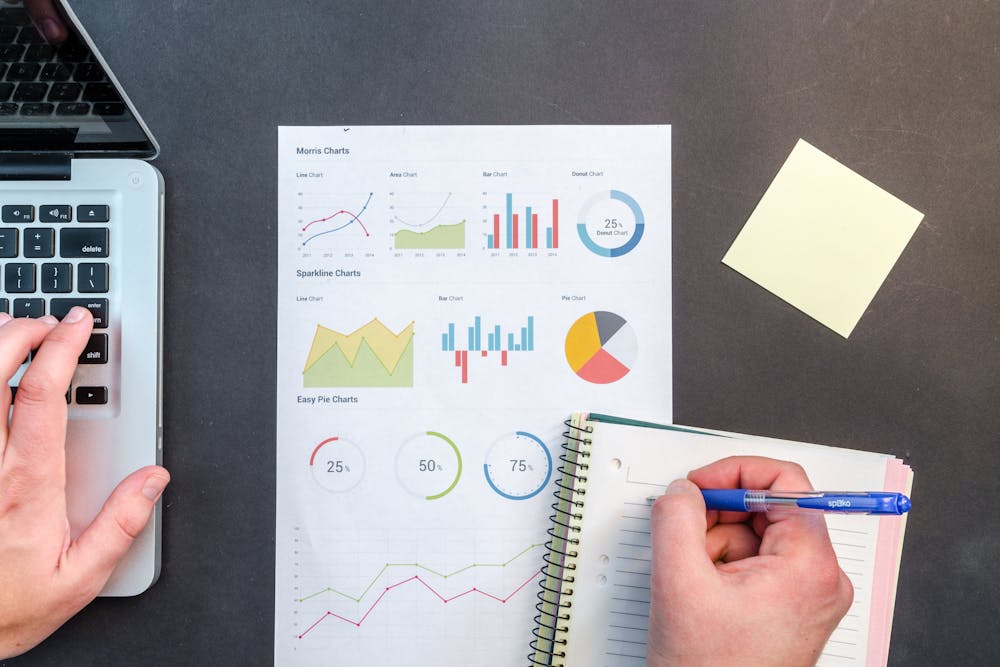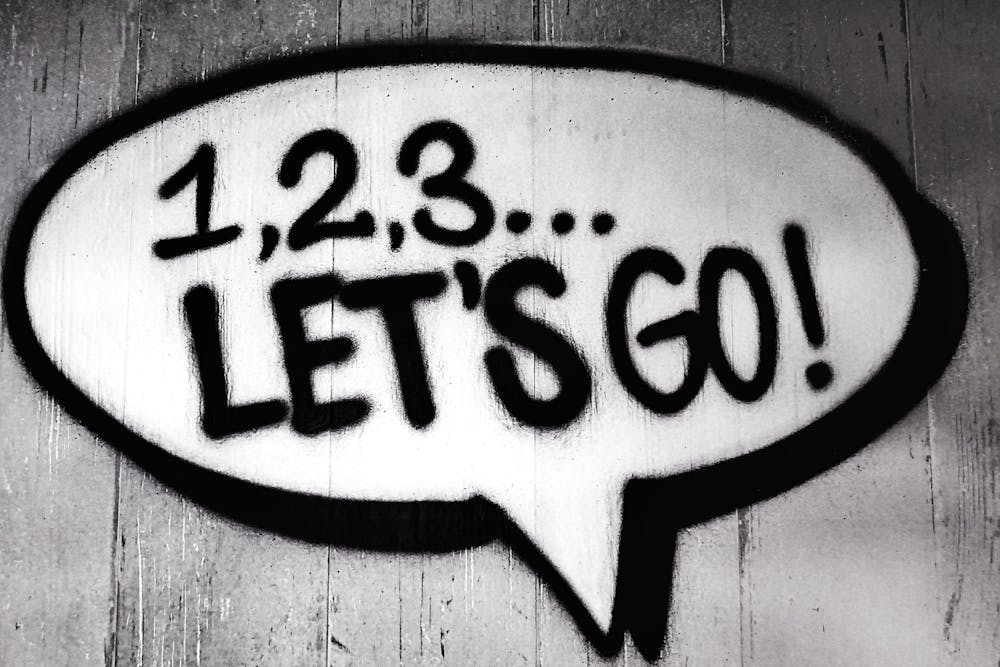Optimizing Your Sales Funnel: A SaaS Sales Strategy Guide

Did you know a SaaS business’s sales cycle can last 170 days? That’s almost double the other models. It shows how important a good sales funnel is. In competitive SaaS, effective content marketing and funnel tweaking lead growth.
To create a top-notch SaaS sales funnel, you need tailored content for different stages, address pain points, build links, and research topics thoroughly. Crafting content that connects with buyers’ needs as they move closer to a purchase is key. Remember, SaaS customers have specific needs, so content marketing plays a huge role for companies in this field.
Key Takeaways
- The average SaaS sales cycle can last up to 170 days, nearly twice as long as other business models.
- An optimized SaaS sales funnel includes funnel-stage content, pain points, link building, and topic cluster research.
- Creating content that addresses customer pain points at every funnel stage is crucial for SaaS companies.
- SaaS customers have longer sales cycles and larger budgets, making content marketing a more important strategy.
- Analyzing key metrics and continuously optimizing the funnel is essential for driving growth and success in the SaaS industry.
Understanding the SaaS Sales Funnel
The SaaS (Software-as-a-Service) sales funnel is different from most. It guides businesses to attract, engage, and convert customers, requiring a specific marketing and sales approach.
What is the SaaS Sales Funnel?
The SaaS sales funnel shows how customers go from knowing about a product to buying it. It’s split into stages: Awareness, Interest, Consideration, Intent, and Purchase. You can group these into the Top of the Funnel (awareness and interest), the Middle of the Funnel (consideration and intent), and the Bottom of the Funnel (purchase).
This funnel is notable for its long cycle to make a sale, lasting around 84 to 170 days. This means moving a potential customer to an actual purchase takes months.
SaaS Sales Funnel vs. Other Business Funnels
SaaS businesses work with bigger budgets and customers who demand trust. To share critical data or make a purchase, customers must fully trust the SaaS provider. And they want to be sure they’re making a good investment.
It’s tough for SaaS companies like HubSpot to generate $3,600 monthly revenue. Thanks to these longer sales cycles, content marketing is vital. It’s more essential in the SaaS sales funnel than in other types of businesses.

Creating Content for Each Funnel Stage
Special content for each stage of the SaaS sales funnel is key to guiding potential customers through it. Knowing what the funnel is all about can help you make a content plan. This plan will help attract, involve, and eventually attract your audience.
Attract Top-of-the-Funnel Audiences
At the top-of-the-funnel (ToFU) stage, you aim to bring in possible clients with friendly and useful content. This may include visuals, educational posts, some SEO work, social media posts, blog entries, and calls to action like “Learn more” or “Discover.” The feel of this content should make the audience think about how your SaaS can solve their issues. But avoid being too salesy or comparing your product too much.
Identify and Address Customer Pain Points
Knowing what troubles your clients from the start is crucial to tailor content correctly. Even if your product is costly, smart marketing can help offer solutions to these issues. You can find these pain points from customer reviews, social media, talks with your support team, and keyword research. Once you know what bothers your customers, you can create content that makes your SaaS look like the perfect solution.
Offer Middle-Funnel Content for Engagement
The middle-funnel (MoFU) stage is about giving your audience info, helping them out, and keeping them interested. This can be done through email updates or special offers like a guide, a webinar, or a trial. Showing you are an expert in your field on platforms like LinkedIn or Facebook helps. Keep your content detailed with studies, walkthroughs, and comparisons to meet your audience’s needs and questions.
Foster Urgency for Bottom-Funnel Conversion
At the bottom-of-the-funnel (BOFU) stage, you work to turn potential clients into actual customers. Make them feel urgent and address any final worries or questions. To do this, make your checkout simple, show pricing clearly, offer various payment methods, and be flexible. Sending reminder emails, offering time-limited discounts, and making the sign-up process smooth are also key to converting your leads at this stage.
SaaS Sales Strategy
A SaaS sales strategy must target the right audience to succeed. Start with detailed customer profiles from market research. Add data on customers’ industries, company sizes, roles, and product usage. This research, along with broader trends, uncovers new opportunities.
Target Audience Identification
Knowing your target audience well is key in SaaS marketing and sales strategies. Create detailed customer profiles. This lets you tailor your messaging directly to your ideal buyers. Use data from current customers and market trends to keep refining your focus.
Awareness Creation (TOFU)
In the top-of-funnel (TOFU) phase, aim to get potential customers interested in your SaaS brand. Try strategies like creating helpful content and using strong SEO. Building a solid social media presence and offering something valuable, like free trials, also helps. The idea is to attract a large audience and clearly show your SaaS product’s value.
Engagement and Nurturing (MOFU)
The middle-of-funnel (MOFU) stage is about engaging and keeping prospects interested. Offer them in-depth content and use email marketing effectively. Consider holding live events or webinars and utilizing marketing automation. The aim is to maintain interest, build trust, and encourage them to move closer to buying.
Conversion Tactics (BOFU)
At the bottom-of-funnel (BOFU) stage, focus on turning leads into customers. Be clear with pricing and product details. Offer personalized demos and free trials. Use testimonials to show your credibility. Make the payment process simple. Urgency, through limited-time deals, can also help. The goal is to help customers make their final decisions easily.
Optimizing the SaaS Funnel
It’s key to boosting your SaaS sales funnel’s power. This helps you grow and win in the SaaS world. To do this, use smart ways to get interested and turn leads into loyal clients. Now, let’s look at ways to better your SaaS funnel.
Map Customer Journeys
Mapping out how customers move through your sales funnel is critical. It lets you see where things can be better at each step. This helps find leads, make sales, and keep clients smoother and more personal for your SaaS crowd.
Promote Content Effectively
Half the job is crafting great content. The other half is making sure it’s seen. Use SEO, social media, videos, email, and ads to get your brand noticed. This approach puts your content in front of the right people at the right time, pulling in more quality leads.
Optimize User Onboarding
Getting user onboarding right is crucial for keeping customers long-term. Have a clear onboarding plan with easy steps. Add tips inside your app, do regular check-ins, and use emails to keep in touch. This approach helps customers use your product well and stay with you.
Track Key Metrics
It’s vital to monitor important metrics for your sales funnel. Monitor customer cost, lifetime value, activation rates, and churn. These stats can show you where problems are and what’s working well. Focus on activation metrics, too. They tell you who’s ready to buy. This information can help you improve your marketing and sales strategies.

Conclusion
A top-notch SaaS sales funnel is key to success in the SaaS world. It helps by showing off the best SaaS offers at each step. This way, businesses can draw in and keep customers happy in the long run. Keeping an eye on what works best and improving your strategy is crucial to staying ahead and growing steadily.
Leading SaaS firms have the sales, marketing, and content game down pat. They know how to move customers smoothly through the sales funnel, from getting their name out to sealing the deal. They use smart online moves and solid data to ensure they reach their goals.
By sticking to the advice in this guide, SaaS companies can set themselves up for lasting success. It’s all about knowing what your customers want, making great content, and always improving your sales funnel. That way, you can keep growing and be known as a top player in the SaaS business.
FAQ
What is an optimized SaaS sales funnel?
An optimized SaaS sales funnel is designed to meet customers at every step. It features content that leads them through their buying process. This includes addressing their needs, creating focused content, and analyzing what works best.
What are the key stages of the SaaS sales funnel?
There are five main stages in a SaaS sales funnel. The funnel starts by making customers aware of the product. Then, customers build interest, consider it, aim to buy, and finally make the purchase.
These stages are known as the Top, Middle, and Bottom of the Funnel. The first two stages focus on awareness and interest. The next two, consideration and intent, aim to move customers closer to a purchase. The final stage, purchase, seals the deal.
How is the SaaS sales funnel different from other business funnels?
SaaS businesses seek bigger deals with more at-risk customers. They must win their customers’ trust to share vital information, and customers must see that the product is worth the cost.
This makes the SaaS sales funnel unique. It’s about building solid relationships and proving value at every step.
How can SaaS brands attract top-of-the-funnel (ToFU) audiences?
Hearty and helpful content is key to catching ToFU audiences. The sales pitch should be easy to understand, using visuals and educational material. Calls to action should be gentle, aiming to solve customer problems.
The goal is to make audiences think the SaaS solution fits their needs perfectly. Without pushing too hard on immediate sales.
Why is understanding customer pain points crucial for SaaS content marketing?
Knowing what bothers customers is vital across all funnel stages. SaaS brands can offer the right solutions, even if their product is costly. Pain points are uncovered through surveys, social media, and direct talks.
Once identified, these points should be the focus of all content. This shows that SaaS is the best answer to their needs.
How can SaaS brands engage and nurture middle-of-the-funnel (MoFU) audiences?
For MoFU audiences, a strong online presence is crucial. This includes email updates and valuable offers. The emphasis is on sharing expertise and building trust.
Using platforms like LinkedIn or Instagram to get specific and share success stories helps address audience concerns directly.
What strategies can SaaS brands use to convert bottom-of-the-funnel (BOFU) prospects?
Converting BOFU leads to customers requires addressing their needs directly. This means providing clear pricing and personalized options. Strategies include limited-time deals and a user-friendly checkout.
Essentially, making the final steps easy and compelling to choose the SaaS solution over other options.
How can SaaS brands effectively target their audience?
Effective audience targeting is key for SaaS success. It involves deep customer research to understand what they need. This information is then used to craft specific messaging that resonates with them.
It’s about finding the spot between what the market wants and what the SaaS product can deliver.
What strategies can SaaS brands use to create awareness and generate leads in the TOFU stage?
At the TOFU stage, getting the SaaS brand noticed is vital. This is done through educational and SEO-rich content, and lead magnets like free trials help.
The aim is to attract a broad audience and stand out in the crowded SaaS market.
How can SaaS brands nurture and engage prospects in the MOFU stage?
The MOFU stage is about keeping prospects interested and informed. This means providing detailed content and personalized information. Live sessions and efficient marketing automation are helpful.
The goal is to maintain a connection and trust while steering prospects toward the purchasing decision.
What tactics can SaaS brands use to convert leads into customers in the BOFU stage?
The BOFU stage is all about sealing the deal. This involves making the purchase process straightforward and compelling. Offering detailed product information, credible testimonials, and appealing offers is crucial.
Ensuring customer satisfaction at every step is key to turning leads into loyal customers.
Why is mapping the customer journey important for optimizing the SaaS sales funnel?
Mapping the customer journey shows how to improve each step of the funnel. It helps us understand what customers go through, enhancing their experience from first contact to purchase.
Thus boosting the chances of attracting and keeping happy customers.
How can SaaS brands effectively promote their content to optimize the sales funnel?
Promoting content requires a mix of SEO, social media, and targeted ads. The focus is on getting the right content to the right audience, which drives qualified leads toward the SaaS solution.
It’s about ensuring the SaaS content is seen and valued by those most likely to buy.
Why is optimizing the user onboarding process crucial for SaaS businesses?
For SaaS businesses, smooth onboarding sets the stage for customer satisfaction. It keeps users engaged and ready to explore the SaaS’s offerings, leading to better retention and growth.
Through a well-organized onboarding, users are guided toward finding value in the SaaS product and aiming for long-term use.
What key metrics should SaaS brands track to optimize their sales funnel?
Tracking key metrics like customer acquisition and activation is crucial for improving the sales funnel. These metrics show where the funnel is strong or needs work. By closely watching these numbers, SaaS companies can adjust their approach.
Targeted metrics help in making informed decisions for a more effective sales process.



